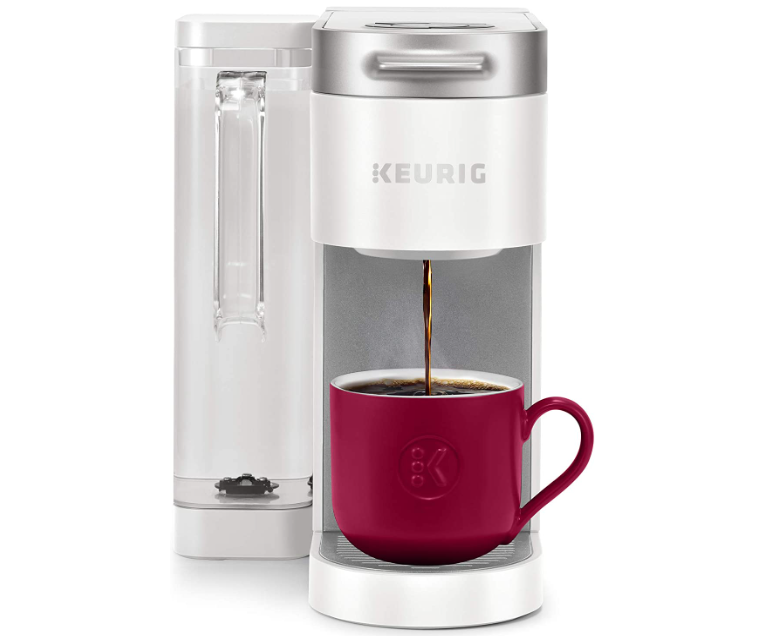
In Europe, recipes normally weigh non-liquid ingredients in grams rather than measuring volume. Since metrication, the charka was informally redefined as 100 ml, acquiring a new name of "stopka" (related to the traditional Russian measurement unit "stopa" ), while there are currently two widely used glass sizes of 250 and 200 ml. The traditional Russian measurement system included two cup sizes, one of which, the "charka" (cup proper), was usually used for alcoholic drinks and measured 123 ml (4.2 US fl oz 4.3 imp fl oz), while another, "stakan" ("glass") was twice as big at 246 ml (8.3 US fl oz 8.7 imp fl oz) and used for other liquids. The Japanese later defined a "cup" as 200 ml. The traditional Japanese unit equated with a "cup" size is the gō, legally equated with 2401 / 13310 litres (≈180.4 ml) in 1891, and is still used for reckoning amounts of rice and sake.


In Latin America, the amount of a "cup" (Spanish: taza) varies from country to country, using a cup of 200 ml, 250 ml, and the US legal or customary amount. Similar units in other languages and cultures are sometimes translated "cup", usually with various values around 1⁄ 5 to 1⁄ 4 of a litre. A related measure, the gill (5 fluid ounces, or half an imperial cup), was commonly used in older cookbooks for liquids, and may still be used (in fractions of 1/4, 1/5 and 1/6) for spirits. The cup was rarely used in practice, as historically most kitchens tended to be equipped with scales and ingredients were measured by weight, rather than volume. In the United Kingdom the standard cup was set at 10 imperial fluid ounces, or half an imperial pint.

ġ Canadian cup = 8 imperial fluid ounces = 1 / 20 imperial gallon = 227.3045 mlġ tablespoon = 1⁄ 2 imperial fluid ounce (14.2065 ml)ġ teaspoon = 1⁄ 6 imperial fluid ounce (4.7355 ml) A "12-cup" US coffeemaker makes 57.6 US customary fluid ounces of coffee, which is equal to 6.8 metric cups of coffee.Ĭanada now usually employs the metric cup of 250 ml, but its conventional cup was somewhat smaller than both American and imperial units. It is also used in the US to specify coffeemaker sizes (what can be referred to as a Tasse à café). 150 millilitres or 5.07 US customary fluid ounces), and is occasionally used in recipes in older recipes, cup may mean "coffee cup". Although derived from the metric system, it is not an SI unit. A 12-cup carafe, for example, has markings for 4, 6, 8, 10, and 12 cups of water or coffee, which correspond to 20, 30, 40, 50, and 60 US fluid ounces (0.59, 0.89, 1.18, 1.48, and 1.77 litres) of water or 16, 24, 32, 40, and 48 US fluid ounces (0.47, 0.71, 0.95, 1.18, and 1.42 litres) of brewed coffee respectively, the difference being the volume absorbed by the coffee grounds and lost to evaporation during brewing.Ĭommonwealth of Nations Metric cup Īustralia, Canada, New Zealand, and some other members of the Commonwealth of Nations, being former British colonies that have since metricated, employ a "metric cup" of 250 millilitres. Black and Decker models, have markings for both water and brewed coffee as the carafe is also used for measuring water prior to brewing. Coffee carafes used with drip coffee makers, e.g. 1 Cubic MeterĪ "cup" of coffee in the US is usually 4 fluid ounces (118 ml), brewed using 5 fluid ounces (148 ml) of water.
#Cups to oz how to#
The following information is describing that how to measure US Legal Cup in different ways. 1 US "legal" cupĬonversion table to US Legal cup The cup currently used in the United States for nutrition labelling is defined in United States law as 240 ml.

In the United States, the customary cup is half of a liquid pint. Coffee carafe showing gradations for measuring water (right) and brewed coffee (left) in multiples of non-standard US customary cups.


 0 kommentar(er)
0 kommentar(er)
